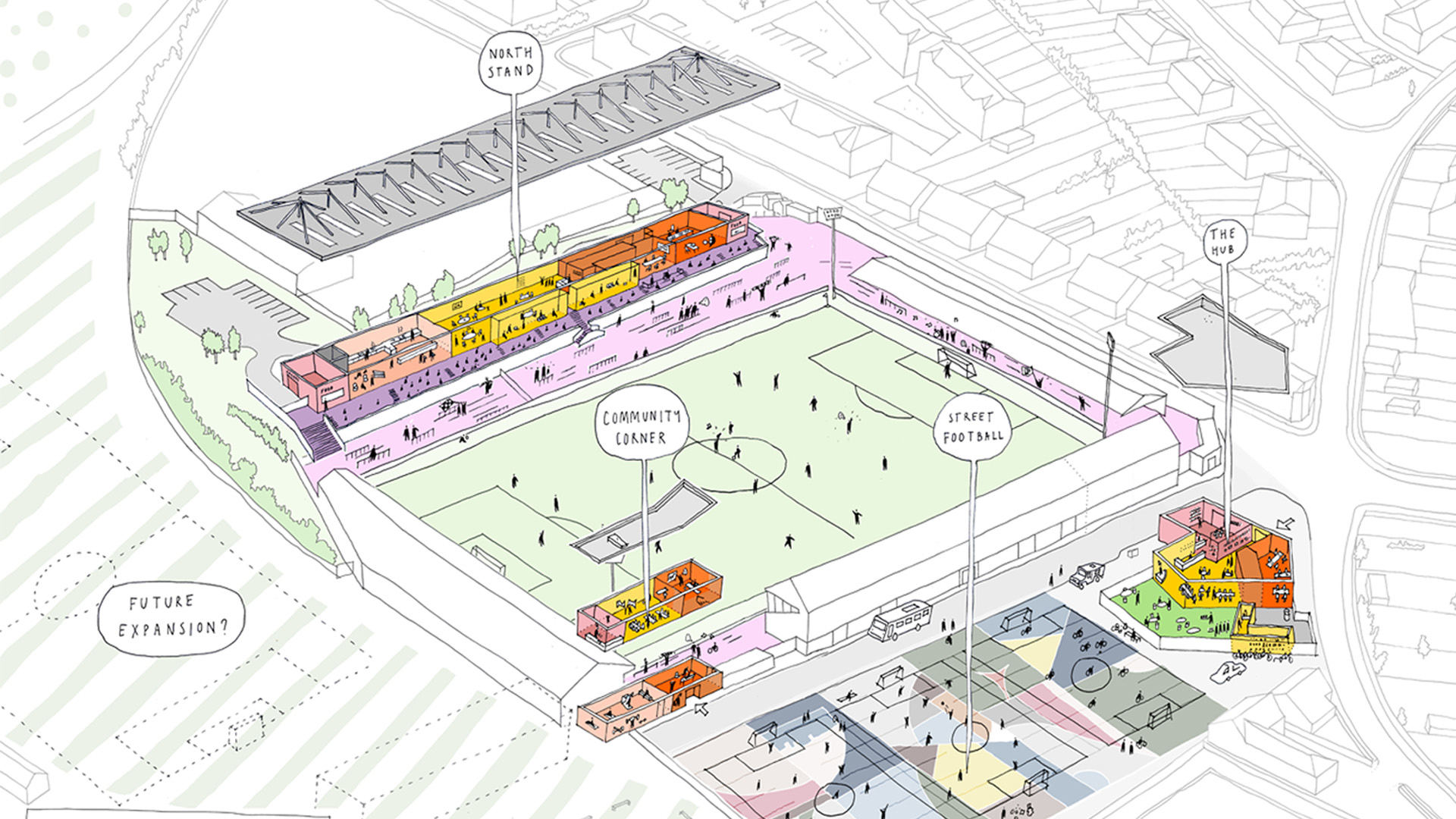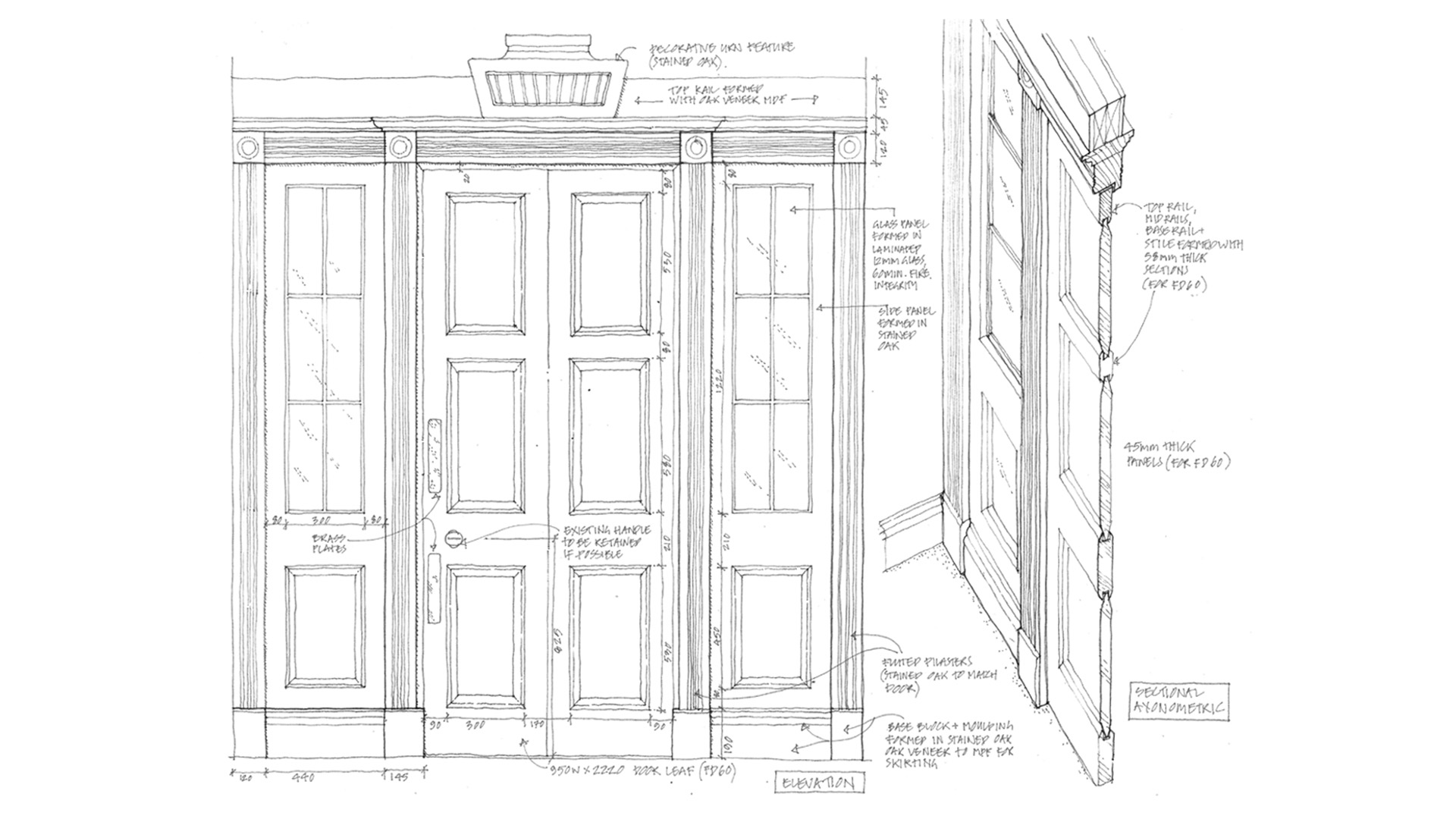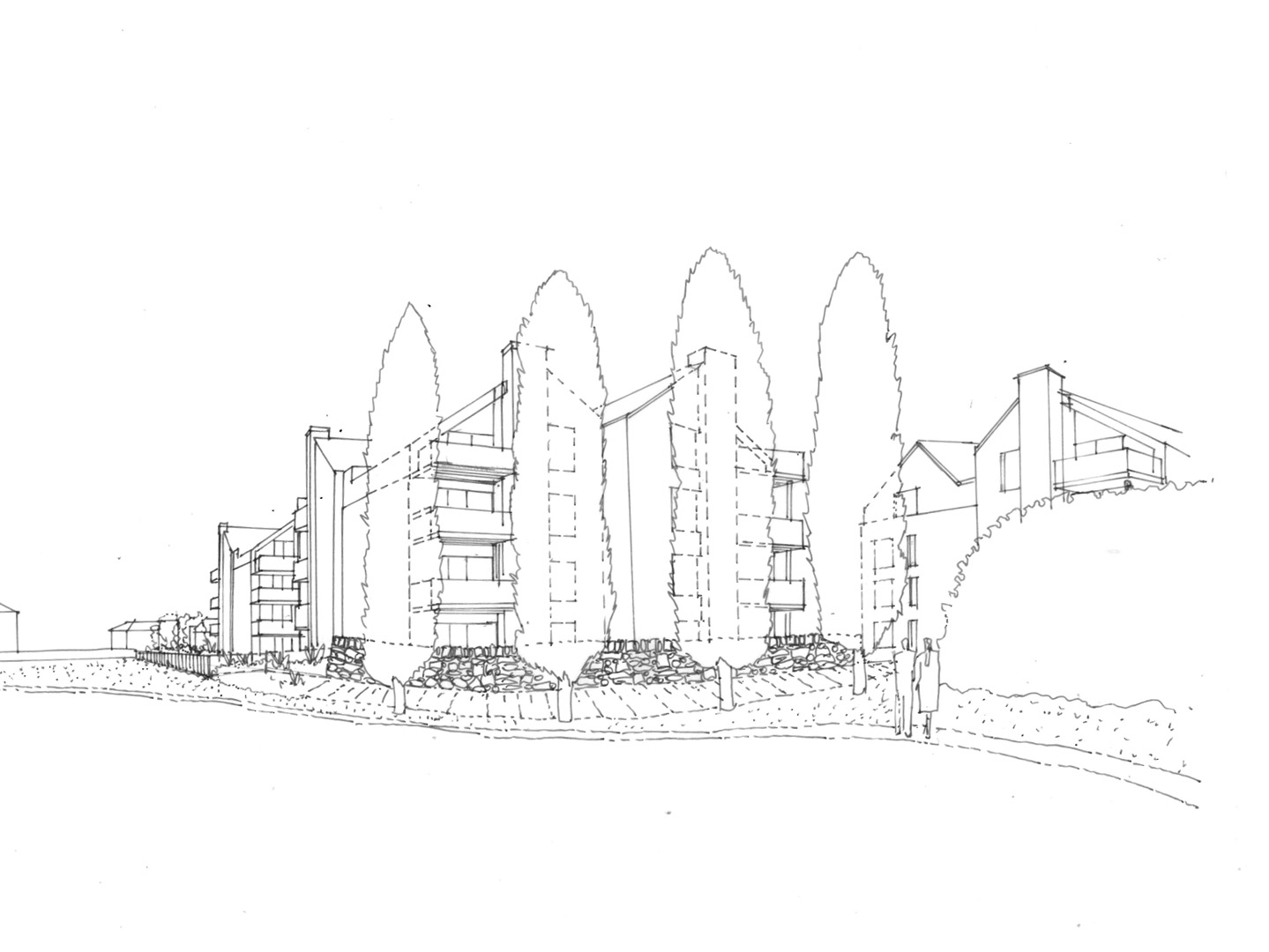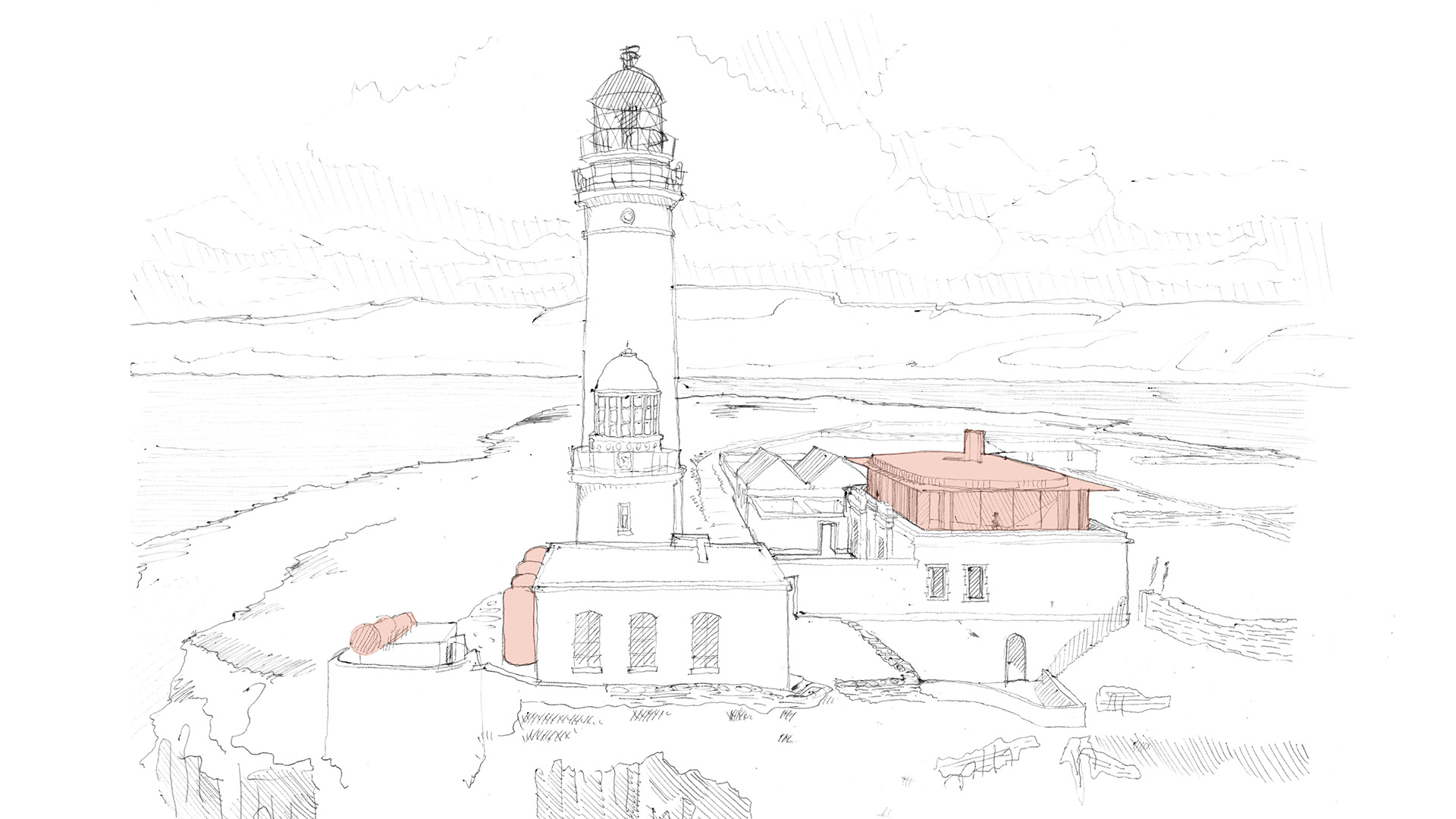We are taking a look back at 2024 by reflecting on the past year through the sketches created for our projects. Celebrating the creativity of our team but also offering a unique perspective on the evolution of our work in a way that is not often seen by many people outside our practice walls.
As a practice we work on sketches throughout all stages of our projects. They are an important part to the process to help visualise ideas from the preparation and brief stage through to manufacturing, construction and beyond. Sketches can be used to explore and communicate ideas visually, making them an essential tool in working through concepts, sharing ideas and collaboration.

“Whether it’s a first meeting for a new project, or details of how things come together on site, sketching is the most effective way for me to work through problems and communicate ideas. In more recent years, I’ve also used it as a tool to present ideas. 3D’s views to sell a scheme to planners, or a refined parti diagram to explain an overarching approach or idea. My role in the practice means that the luxury of time to generate CGI’s or to keep up to speed with the latest rendering softwares isn’t what it once was. And so I rely on the pencil to be able to pitch in meaningfully across all stages of a project. I’m in the early stages of experimenting with drawing digitally on a drawing tablet as a means of streamlining the process, but something tells me it will never replace pen and paper.”- Colin Reynolds, Architect

“At the start of a project, I always reach for the pencil or a thick felt pen to work out initial ideas. Regardless of the kind of project it is, I find that for me a sketch remains a key part of the process, whether it is an initial concept, a diagram prepared in support of a planning application, or working out a construction detail. CAD drawings and 3-D renders play an essential part of architectural design, however there is something unique and personal about a hand drawn sketch.”- Chris Finlay, Architect

“Although drawing packages have become more intuitive over time, sketching by hand for me remains the most direct and immediate way of communicating ideas to paper.
Although I do less sketching than earlier in my career, sketching helps me understand the essence of a problem, free of the constraints of a CAD package. This can apply at all project stages from developing an initial concept diagram to resolving a construction detail.”- Paul Lessing, Architect

“Like voicing a hypothesis aloud, sketching can be a great test for your ideas. A ‘working drawing’ leaves just enough to be imagined and displays a sense of the character that can be hard to get through a computer. That’s why for me, drawing is an integral part of my design process.
The process of sketching can also be exciting. To test ideas requires something to be on paper. This cognitive right and wrong exercise; of erasing and mark making, for me, is away to experiment freely and intuitively.”- Douglas Baldwin, Part 2 Architectural Assistant